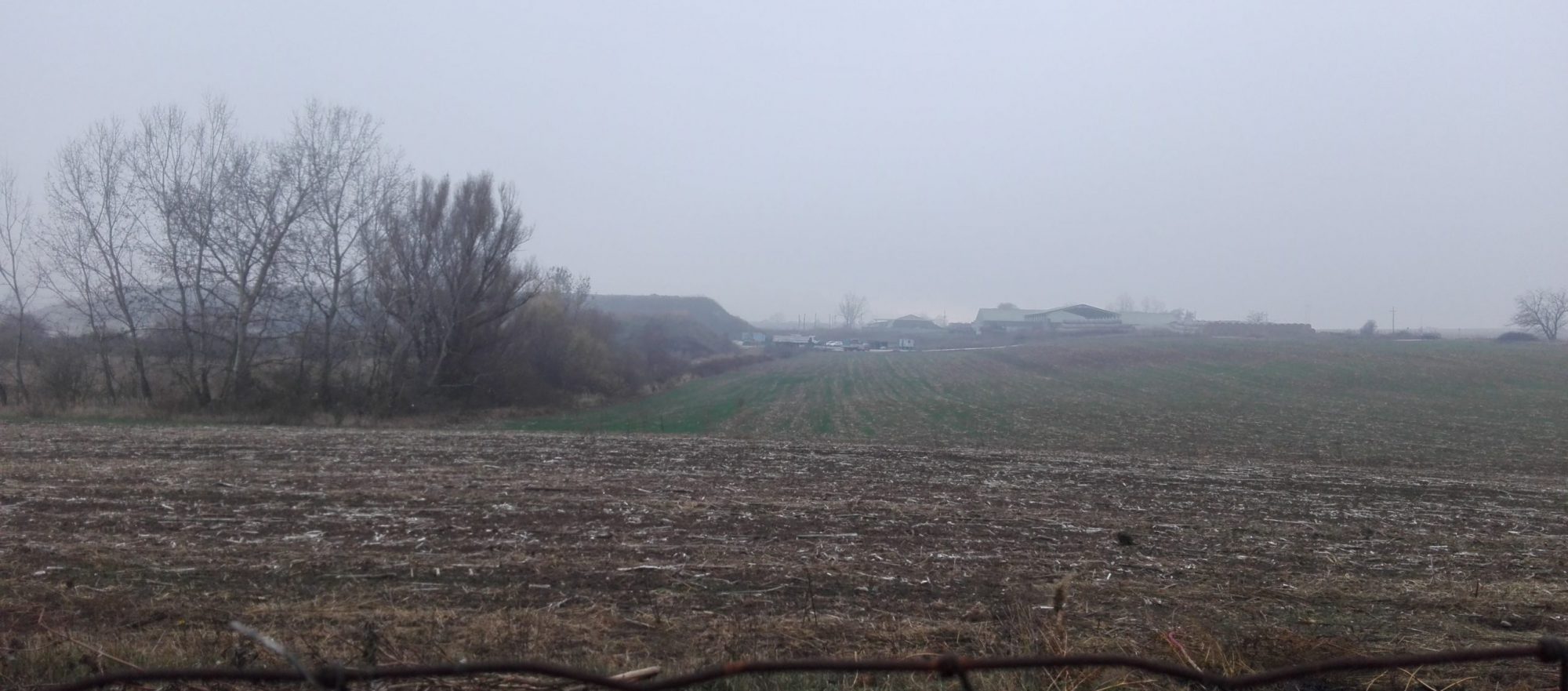
A former mining region struggling to recover is threatened by the opening of new mines.
A significant part of Borsod, the coal-rich part of BAZ county in northeast Hungary, is classified as an industrial crisis area, according to the Hungarian Central Statistical Office, meaning that the restructuring of the region from mining and heavy industry has not been completed.
With less than half of the population active, the area suffers from unemployment and mass emigration. Most of the closed plant and factory buildings have not been remediated and recycled. EU funds are hardly absorbed in the region and air pollution, especially in the heating season, is regularly bad. All these factors indicate a sense of urgency for Borsod to reinvent itself in the post-coal era, a challenge that still lies ahead.
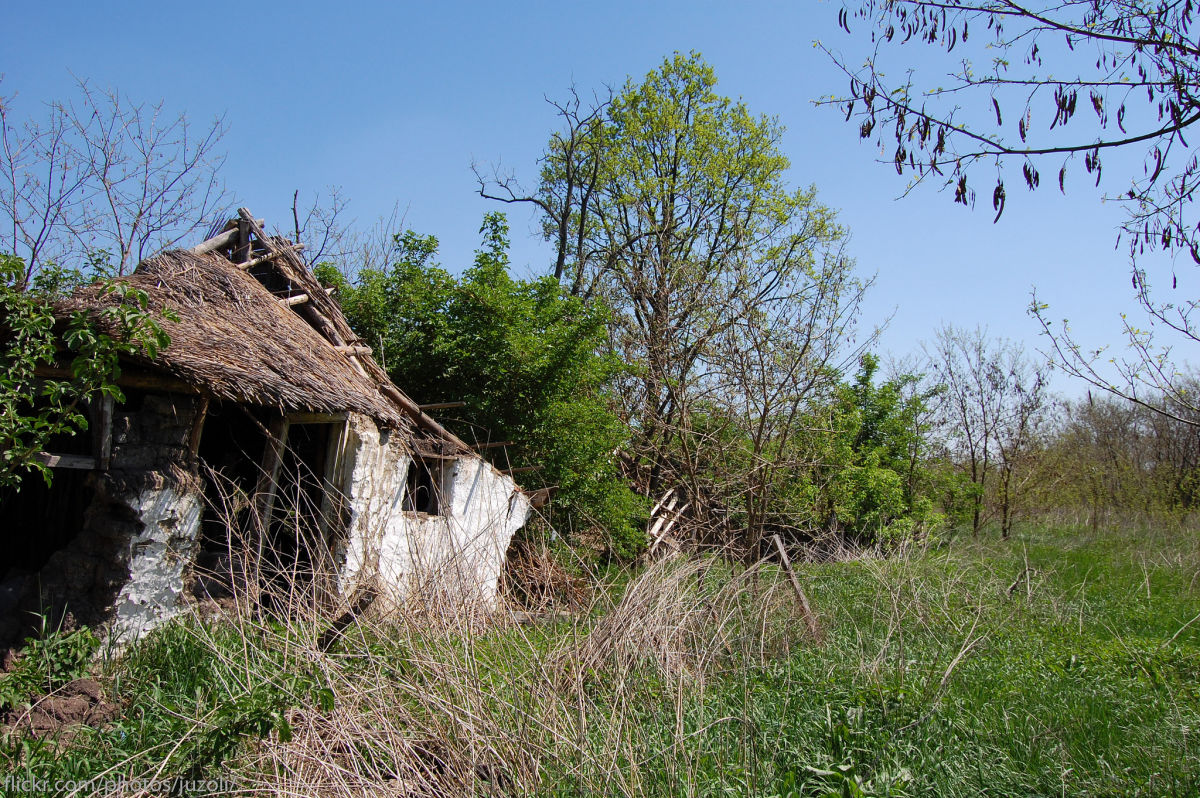
Lessons from an unmanaged transition
The Borsod basin is rich in hard coal and lignite, and dozens of underground and opencast mines have operated here since the 1800s. The forced industrialisation of the communist era, taking place mainly between 1950 and 1970, resulted in bloated industrial cities and the fading away of traditional village communities as thousands of villagers commuted to work in the cities.
Between the 1980s and the 2000s, mines and the associated heavy industry were shut down, leaving mostly destruction behind. At the time, there was no experience or money for a well-managed restructuring. The Szuha Valley Mining Villages Association is one of the few groups that has been trying to revive the area since.
„By the end of the 1980s, there was a shrinking interest in coal, many large plants closed down, and people were happy to install gas in their village homes,” Tibor Nagy, a former mayor and leader of the Association reminisces.
“After the change of regime in 1989, mining losses become unbearable, so no private actors wanted to buy the mines in the new regime. When the largest mines – Feketelyuk, Putnok, Lyukóbánya – were shut down, around the year 2000, approximately 4,500 people were fired. The people with diplomas have long moved away, most of the population went into retirement, and real estate prices dropped to the floor – and stayed there.”
The Association tried various tactics to ensure the transition away from coal was more socially just. They directed miners to the mines which were still operating and helped skilled workers get work permits abroad. They also advocated for some structural changes to benefit the locals.
„We worked hard to minimize the losses,” explains Nagy. “In the beginning, we tried to ensure that the assets of the closed mines would go to the local governments so they could manage them. But what happened? They sold everything. This led to the rise of economic criminals in the 1990s, who bought the properties cheap, sank it in debt and then disappeared with the money.”
“We tried to persuade the Hungarian government that, to alleviate some problems in this area, they should at least renovate public roads and public utilities. We requested that the closed rail routes would not be destroyed so that we could, for example, make bicycle roads there to attract tourists, but it did not happen.”
“We participated in many applications and local plans that resulted only in partial, isolated improvements. One thing that we did manage to operate successfully are some good retirement clubs, ” concludes Nagy.
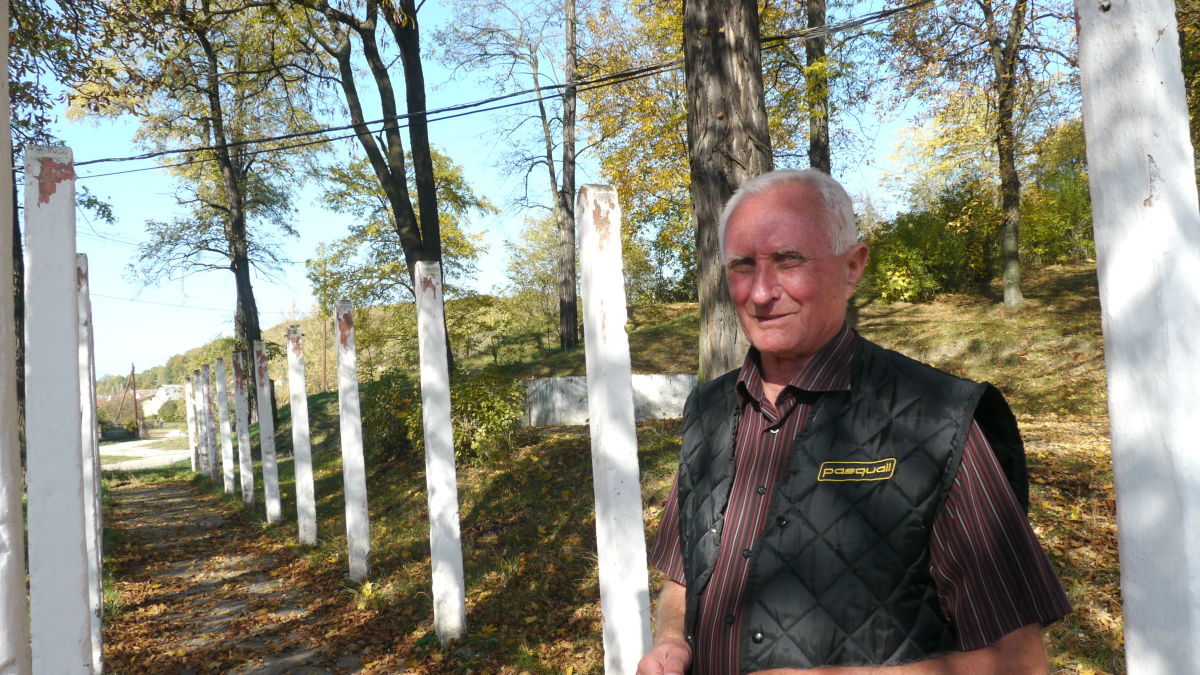
Dreams of coal
Desolate landscapes and socially devastated villages are still a part of Borsod today. This void, however, could be filled if locals and regional decision-makers were motivated to debate and plan their future without coal. But even then, many decisions concerning Borsod would still be made centrally – so a vision is needed on that level too.
Instead, politicians are choosing to exploit the nostalgia for the more prosperous mining days. In 2014, Prime Minister Viktor Orban said that “modern mining is a (national) goal”, while speaking in Ózd city, the heart of the old mining region Borsod. Former industry leaders, retired workers and even some local decision-makers listened very carefully.
Conditions for opening mines have since been made more favourable and, in the past few years, half a dozen opencast mines were opened or are being slated for opening, some of them on locations close to where old mines used to be.
Among these, there are Sajókaza I and II and Felsőnyárád lignite mines (owned by Ormosszén company, total 50,000 tonnes of lignite/year, 25 employees) and Sajókápolna lignite mine (owned by Szuha2000 Ltd., total 25,000 t lignite/year, 10 employees).
There are plans to further open four other mines.
Many things can be said about these lignite mines, but not that they are „modern”, as the Prime Minister had suggested.
The outdated national energy strategy – under review in 2018 – promotes a mix of coal, nuclear and green energy and describes Hungarian coal and other fossil fuels as crucial to the country’s energy security. The coal lobby is strong in Hungary, but the resurgence of low quality coal seems to only benefit a few influential businessmen and not trickle down to the Borsod community.
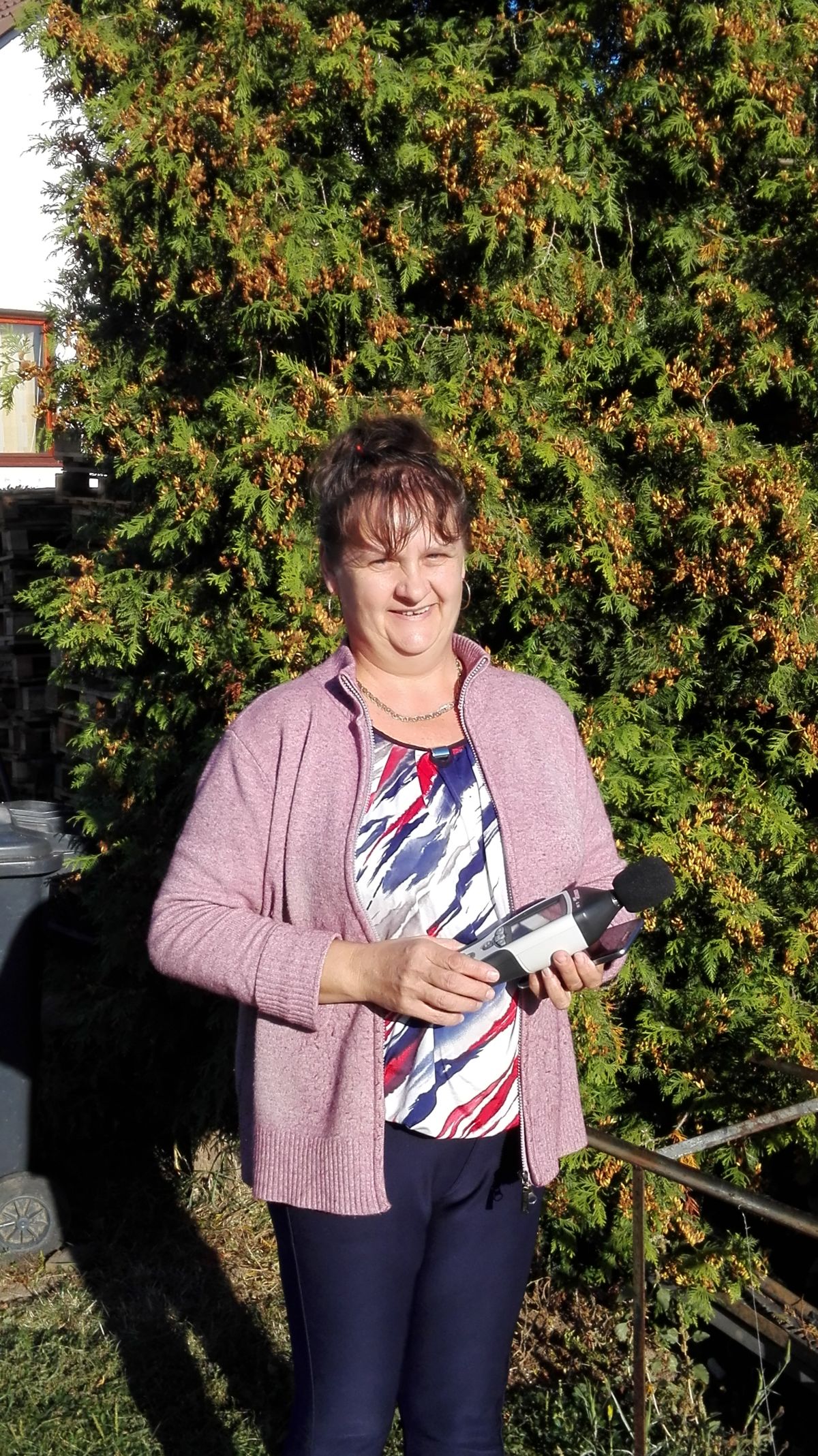
The big dirty secret of small mines
As they get opened across the region, these small lignite mines bring profits to their owners but numerous losses to the communities in their vicinity: low quality lignite for heating, badly polluted air, cracked houses, falling real estate prices, deterioration of health and environmental damage. The Sajókápolna mine is a case in point.
The plan to have an opencast lignite mine next to Sajókápolna village first emerged during a village meeting in 2008. Almost all locals were against the mine, so the plan seemed to be shelved for a while. Then in 2011, the company suddenly got all the necessary permits following appeals, despite the concerns from the environmental authority.
“For the impact assessment study, experts worked with maps from the 1960s, on which many houses are not yet displayed. This is a tragicomedy! This pit is actually much closer to houses,” says Istvánné Király, whose yard in Sajókápolna is 100-150 meters from the mining site.
Király has since mobilised her neighbours against the mine and has been representing the interests of local people in forums or in discussions with the local government.
Over time, the concerns of the locals proved warranted. The mine emitted dust and noise and caused the lowering of groundwater levels and cracking of houses. Heavy lignite-loaded trucks are ruining local roads. Real estate prices are naturally decreasing. While the local mayor tried to reassure locals by claiming that the business tax from mining would help the community, locals are unconvinced.
“Actually, many people were appeased by the donated coal distributed by the municipality to the energy poor every year”, says Király. “However, the effects of the promised tax revenue are not visible and, to my knowledge, nobody from the village or its vicinity works in the mine. Everything is mechanized, operated by subcontractors. Most villagers are simply tired of fighting but I am not giving up.”
In 2016, the mining company even used explosives, but when locals warned that this was not legal, the company stopped.
Sajókápolna is also a typical example on how the mines in Borsod damage the environment. Borsod is full of natural treasures, such as forest habitats and lakes, some of them protected under the Natura2000 programme. The Békás lake, the last remaining natural lake in the area, is in the immediate vicinity of the Sajókápolna mine. Even the mining permit wrote that damage to the lake and protected areas was expected, but this did not stop the mine plans from going ahead: environmental authorities have been weakened in Hungary in the last years. Alas, there remains hardly any water in the lake now.
What’s worse: there seems to be no end in sight for the destruction.
While originally the Sajókápolna mine was supposed to operate for a few years and then shut down, plans have now emerged of a second mine, Sajókápolna II, set to open not far from the existing pits.
Moreover, the lignite in Borsod pollutes twice: it first pollutes the villages and their surroundings when extracted, and then secondly, when lignite is burnt by locals in their boilers. According to WWF Hungary’s accredited measurements, the sulfur and arsenic content of the local lignite is high. Thus the flue gas and the residual ash from the household lignite combustion cause health problems and damage the environment. According to the Hungarian Office of the Commissioner for Fundamental Rights, one of the main causes of pollution in Hungary is households increasingly burning low quality wet wood, lignite and waste. On the valley of the Sajó river, in Borsod, air pollution often exceeds the recommended threshold.
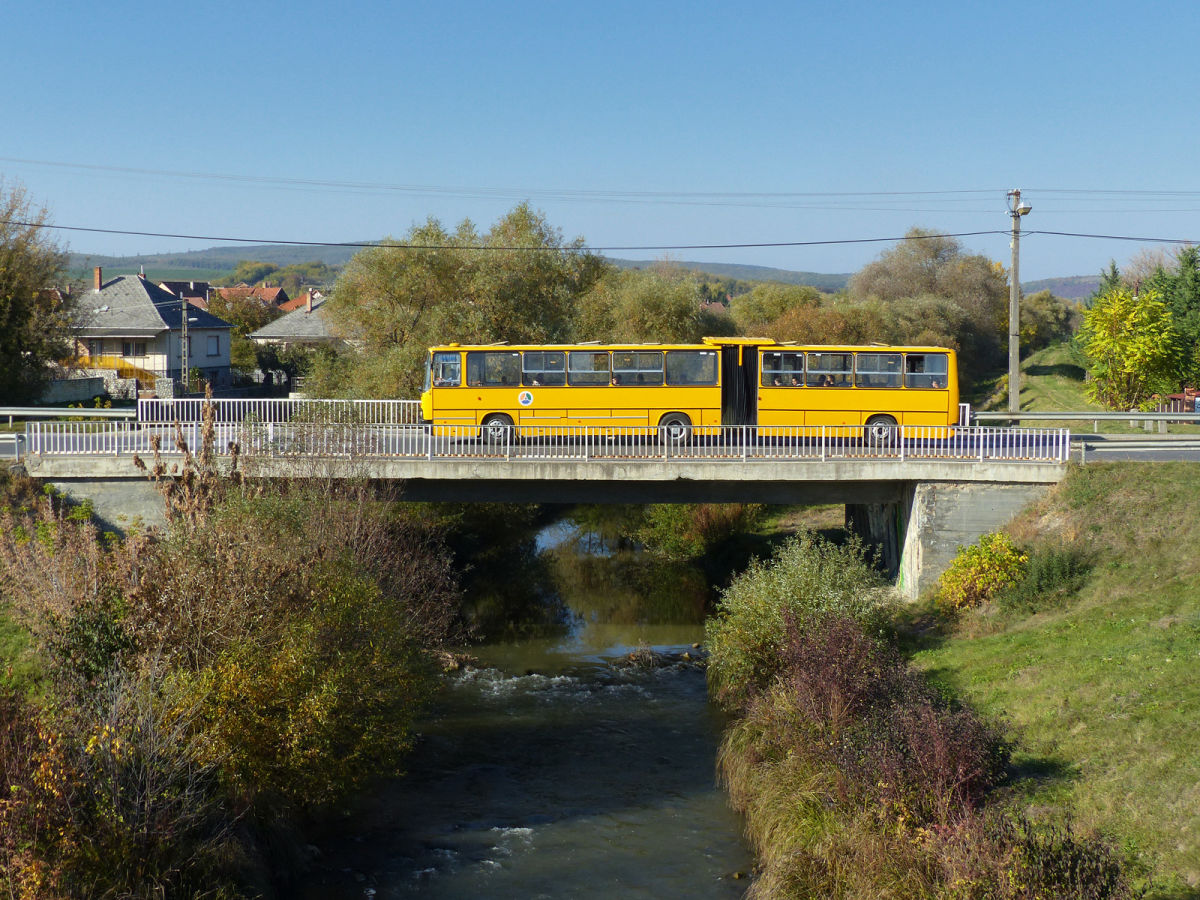
Timid efforts toward a just transition in Borsod
Even in this unfavourable environment, some people are trying to think in the direction of a just transition away from coal. Zsuzsanna F.Nagy is the leader of the Green Connection Association (GCA), dealing with environmental awareness raising across BAZ county.
“We try to act against plans which damage the environment and health and advocate for the interests of locals,” Nagy explains. “Local residents and local governments are asking us for help in a number of cases – since the Association can be a client in environmental and legal cases, and we often give ‘just’ advice.”
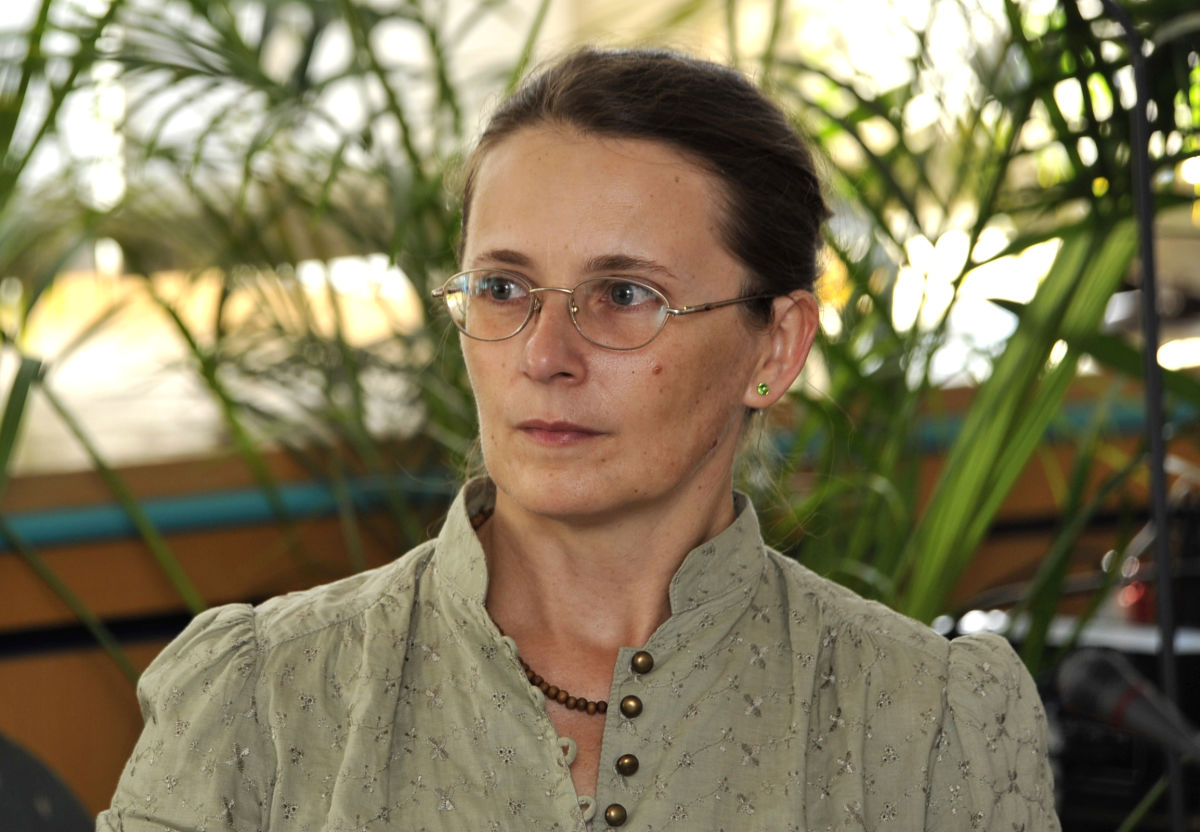
In Teresztenye, the affected municipality in the vicinity managed to stop the mine plans by declaring the area environmentally protected. In Sajókápolna, small achievements were made as a result of pressure by locals, such as changes in the location of the site and stopping detonations.
The Association is now intervening in another case, concerning the planned lignite mine at Múcsony meadows: here, mining activity could threaten the nearby BorsodChem tailings and heavy metal pools, leading potentially to the contamination of the huge drinking water base of the Sajó river, which supplies hundreds of thousands of inhabitants of the area. In addition, part of the future mining site is a protected wetland habitat.
Nagy also takes part in the program “Redevelopment of Borsod (just transition)” in order to promote the coal-free restructuring of the region.
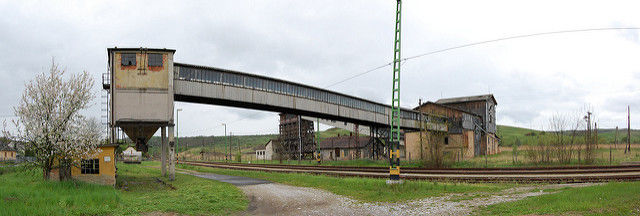
“To achieve this, we raise public awareness on available local energy efficiency and renewable energy solutions, advise on energy poverty reduction and on non-polluting residential heating,” explains Nagy. “The production and marketing of low-quality coal and coal-based household heating should be phased out. These can replaced by clean, cheap, efficient heating technologies if the support is there.”
GCA criticises the lack of consultation with environmental and health professionals when regional development plans are proposed. The climate strategy of the BAZ county has been completed, but for the time being it seems that it has not brought any positive environmental or social changes in the local communities.
GCA and partners are promoting the development of bottom-up regional and micro-regional restructuring plans and processes, with adequate local community and stakeholder involvement.
“I have seen good examples of these just transition plans and processes in the Czech Republic during my visit the Ustí region, which faces similar challenges to Borsod”, remembers Nagy.
GCA also draws the attention of Borsod decision-makers to the good practices of regions in neighbouring countries with similar just transition challenges. The aim is to induce regional dialogue about just transition.
If only decision-makers would listen and act progressively, just transition could gradually gain momentum in Borsod.
Text and photos by Laszlo Pusztai and Alexa Botar
Additional photos by Flick users Istvan, Zoli Juhasz, Michal Kwasniak
